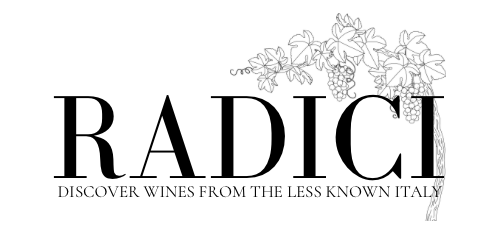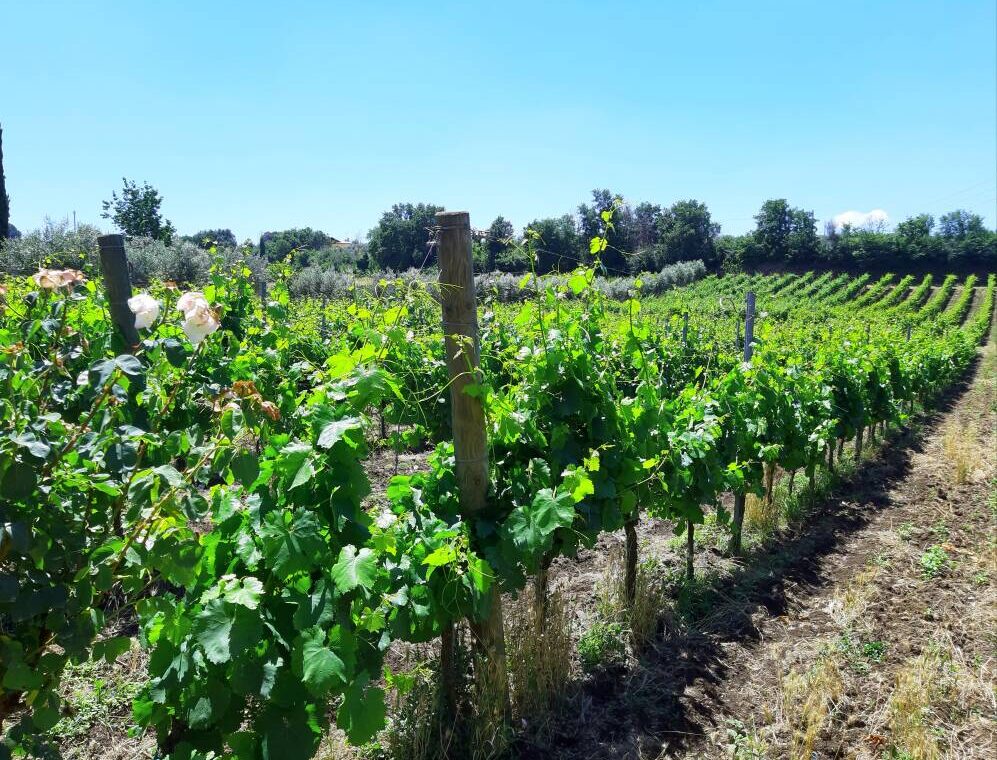The second Winery protagonist of RADICI’s “Roman Food&Wine Night” will be “Emanuele Ranchella”, located in “Castelli Romani” Lazio’s Wine Region, precisely, in the province of Grottaferrata.
“From the earth life, from the vine all good”
It is not easy to find the right combination of words that expresses the versatility of Emanuele Ranchella, today at the head of the family business: connoisseur of the Roman history of the territory, dreamer, taster, agronomist and – last but not least – winegrower with great knowledge and great humility. The passion he puts into telling his territory and his work is so great: a spellcaster of words that would pleasantly listen for hours.
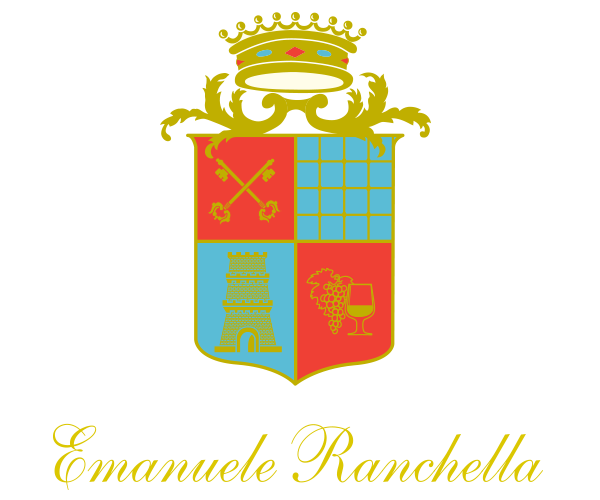
Wine is the blood of the earth, what the earth gives us. As Lucio Giunio Moderato Columella, infamous agronomist of ancient Rome, said: “The vineyard produces vinegar. Man obtains wine from it”. For this reason, according to Emanuele, Wine is the product of the genius of man who, starting from what nature is able to offer, is able to obtain a healthy, good and interesting product, maintaining with skill natural aromas and aromas that will then be found in the glass.
Wine is a cultural vehicle
The vineyards of the company are located in different areas: inside the Marciana valley and on the ridge known as Colle dell’asino. Precisely, this last vineyard rises in a place that at the time of ancient Rome was called “Ad Decimum“: a name derived from the homonymous catacombs and from the tenth mile of the ancient Via Latina. Here stood the Villa of Opimiano. Like all the ancient Roman villas, this was also developed near a source of warm water, at the time called “Acqua Tepula”, which can still be admired inside the vineyard.
You can also read on the company’s website:” In A.D. Decimum, we find further ancient Roman caves, dating back to the first century A.C, which are part of the ancient Villa of Opimiano, where there are wine vases and chestnut barrels once in use in the area, in which works are being carried out to make them, in the short term, open to visitors and to organize tastings and events”.
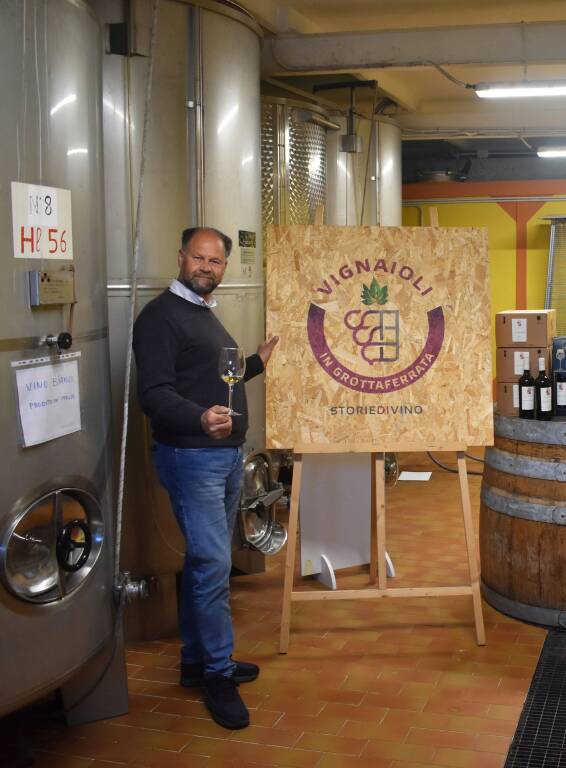
Ad Decimum is in fact the name of one of the two white labels produced by the company, obtained from grapes coming from this production. A blend of 50% Malvasia Puntinata, 25% Trebbiano Verde and 25% Trebbiano Giallo, also known as “Greco Antico”.
One of the strong points of the company is certainly the work of recovering ancient native vines part of the history and ampelography of the territory – including Malvasia Puntinata, Trebbiano Giallo and Verde and Bombino – that has been accomplished and that is still being accomplished. Today a story about wine must above all safeguard the peculiarity and identity of the territory.
This is the trump card – according to Emanuele – not to be cut off from the globalization of international vines: “Planting these types of grape on our territory means losing our identity. Today wine is a cultural vehicle, capable of expressing precisely the culture of the territory with its particularities, with its essence. Many vines have been lost in this way. Sad memory of this the elimination of Cesanese from these areas occurred following the boom of Frascati dating back to the 60′ “.
In the Cellar
Concealed by an ancient and charming door dating back to 800, the cellar, in addition to the steel silos, houses concrete tanks. Cement – explains Emanuele – is particularly suitable to ensure an excellent thermal preservation. Characteristic of the enological heritage of Castelli Romani, also inside the winery Ranchella there is a cave, originated from the ancient lava flows.
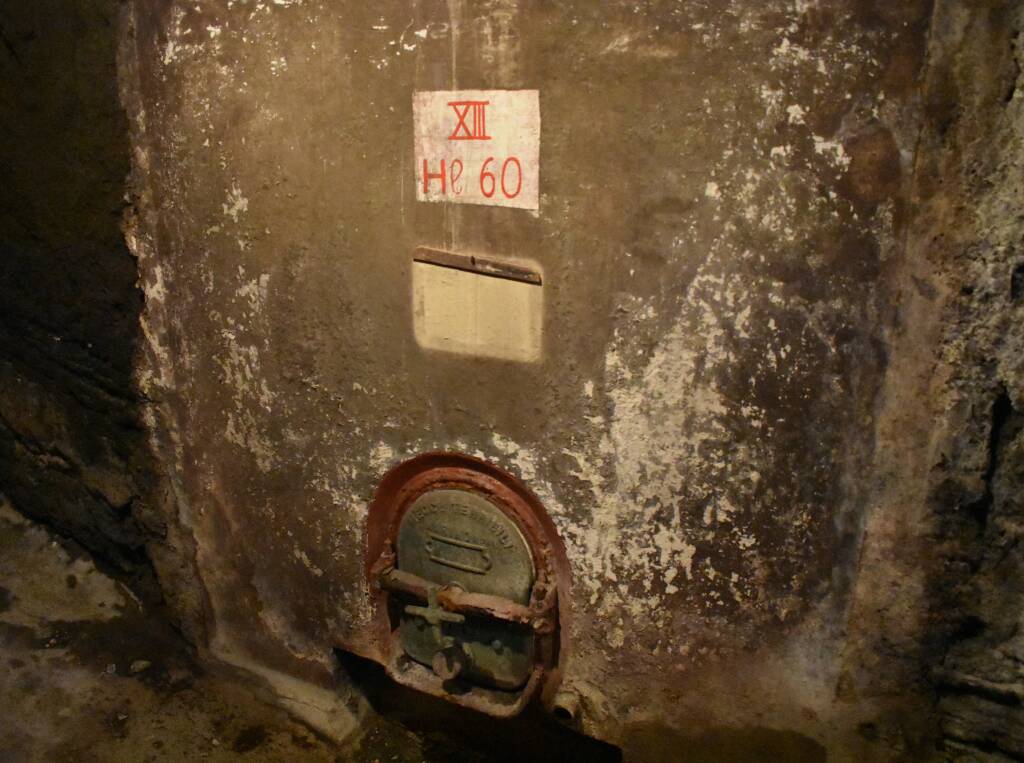
Even today the stratigraphy that compose is clearly visible. The peculiarity of this cave, now used for the preservation of the various years, is precisely that of having been dug between two layers of lava: one was the floor and one was the sky. Inside the cave there are also old cement tanks, dating back to after the 40s, reused to experience a spontaneous fermentation in the cave, controlled only by the natural temperature of the earth.
“Emanuele Ranchella” wines that will be tasted during the RADICI’s “Roman Food&Wine Night”
“Ad Decimum” Roma Doc Bianco
 Name: Roma DOC Bianco
Name: Roma DOC Bianco
Vines: Malvasia puntinata, Trebbiano Verde, Trebbiano Giallo. Production
Aarea: Hills south of Rome, originated from the great volcano of Lazio, between Agro Romano and Grottaferrata. Vineyards of different ages, between 15 and 60 years.
Soil: volcanic, loose, deep, rich in minerals.
Breeding system: Guyot.
Planting density: 4,000/5,000 vines per hectare.
Yield per hectare: about 1.5/2 kg per vine for a maximum of 70/75 q-li per ha.
Agronomic Management: non-irrigated vineyard, conducted with the utmost respect for the soil, applying the principles of integrated defense for greater sustainability of the environment and the territory.
Harvesting: manual, in boxes, in the cooler hours of the day, according to the ancient custom of double maturation reasoned. The grapes are harvested in order to scale in subsequent times according to ripeness.
Harvest period: mid-October.
Vinification: the grapes are gently pressed and left to macerate for 24 hours at about 10 ºC. The must obtained by soft pressing is placed in cement tanks with a controlled temperature of 12 ºC. Fermentation takes place for about three weeks. The wine thus obtained stops for 5-6 months on the lees for fermentation, partially performing malolactic fermentation, aging and thus achieving the desired organoleptic balance. Then natural clarification, filtration and bottling.
Organoleptic notes: straw yellow color, bright, aromas of ripe fruit, floral, full, enveloping and long-lasting.
Alcohol content: 13.5% Vol.
Serving temperature: 10-12 ºC
Food pairing: it goes well with the typical dishes of Rome and the Castelli Romani. Ideal with vegetables, fish and cheese.
“Rubens” Roma Doc Rosso
 Name: Roma DOC Rosso
Name: Roma DOC Rosso
Grape variety: Montepulciano and Cesanese.
Production area: Colle dell’Asino (Grottaferrata). It rises on the ridge of one of the many secondary craters of the great volcano of Lazio, with a climate influenced by the Tyrrhenian Sea.
Soil: volcanic, loose, deep, rich in minerals and ash and lapilli that make up the ridge of the crater of Valle Marciana.
Planting density: 10-year-old vineyard with 4,000 vines per hectare.
Production: about 70 quintals of grapes per ha.
Agronomic management: non-irrigated vineyard, conducted with the utmost respect for the agricultural land and its natural fertility, always applying the principles of integrated defense for greater sustainability of the environment, the territory and the people who work there.
Harvest: mid-September with manual harvest of the grapes for the Cesanese variety and late harvest with manual harvest of the grapes for the Montepulciano variety.
Vinification: the grapes, immediately after harvesting, are separated from the stems and begin fermentation in steel with their natural yeasts. Thus begins a temperature-controlled fermentation and after about 8/10 days begins the process of racking. After about six months, the wine is poured into large wooden barrels for at least two months before being bottled.
Organoleptic notes: intense red color, impenetrable, with garnet reflections. The nose is rich in spices that are accompanied by intense aromas of red berries. The taste is long and persistent, with hints of vanilla and cocoa.
Alcohol content: 14.5% Vol.
Serving temperature: 16-18 season C.
